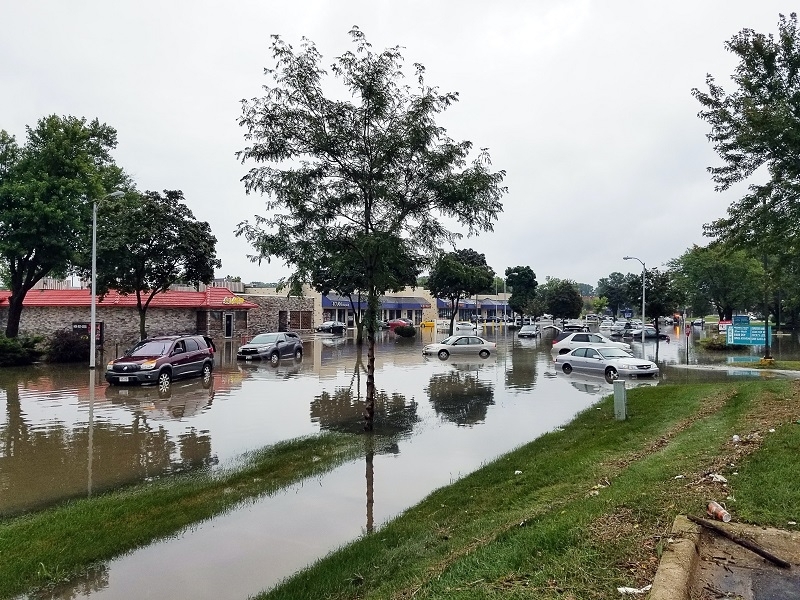Can trees and woods reduce flooding?
Published: 22/11/21 By: Mike Bekin
Storms and floods have, in recent years, become a serious concern when it comes to the UK’s changing climate. February 2020 was the wettest since record began for England, Wales and Northern Ireland, and experts predict this is unlikely to be an isolated statistic either. Weather conditions are predicted to become more extreme as a result of climate change.
Over three thousand homes across the country were destroyed due to storms Dennis and Ciara last year. It has now become vital that we take concrete steps to decrease the risks of flooding and other storm damage in order to protect our homes. Here at Ecochoice, we decided to have a look at some of the great ways that trees can help prevent flooding:
Why is there an increased risk of flooding?
Climate change may very well bring higher amounts of rainfall across Great Britain. In addition, changes to our landscape in both city and rural areas mean rain is not being absorbed and therefore hitting the ground harder than before. As a result, it is becoming increasingly harder to drain it away, leading to severe increases in the risk of floods.
How can trees reduce flooding?
Trees are increasingly seen as an excellent nature-based resource in reducing flood risks. By planting more trees, we can protect more homes while also reducing carbon and enjoying all the positive benefits that trees bring to our lives. When it comes to flood protection, trees can help in several ways.
They provide canopy cover
A tree canopy, consisting of its leaves and branches, slows down any rainfall before it hits the ground. This simple action, known as interception, means that trees can spread the overall effect of the rain over a longer period. This allows some of the rainfall to evaporate back into the atmosphere before it even hits the ground. In summer, a broadleaf hardwood tree does this well with its broad, flat leaves. However, even in winter, trees can still intercept rainfall once the leaves have fallen to reduce the risk of any localised flooding.
Roots allow rain to penetrate faster
A tree root system can allow rainfall to penetrate the soil faster and deeper than areas without tree cover. This reduces the amount of surface water which can lead to flooding. In more rural areas where hedges and trees are allowed to do their work, there’s more soil permeability, protecting entire landscapes from flash floods. Furthermore, water filtration can be increased by planting trees.
Increasing green areas in urban areas
The increase in compacted non-permeable surfaces in developed urban areas means an increased risk of surface water runoff. The paving of large areas adds to the problem over the years. Increasing green places in towns and cities could therefore reduce the problem of fast water runoff leading to devastating floods.
These are just a few of the flood reduction benefits of planting trees. In addition to increasing ground porosity and minimising flood risks, trees improve our air quality and provide us with cleaner water. In our opinion, this is yet another reason why trees and timber are one of the earth’s most valuable natural resources.
Tags: Environmental, Flood Defence, Marine, Sea Defence
Categories: Insights
